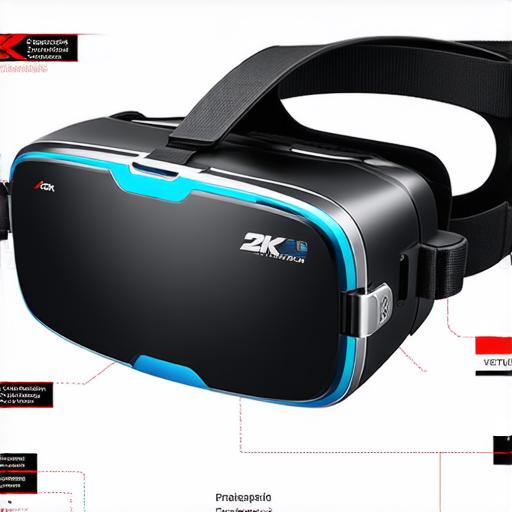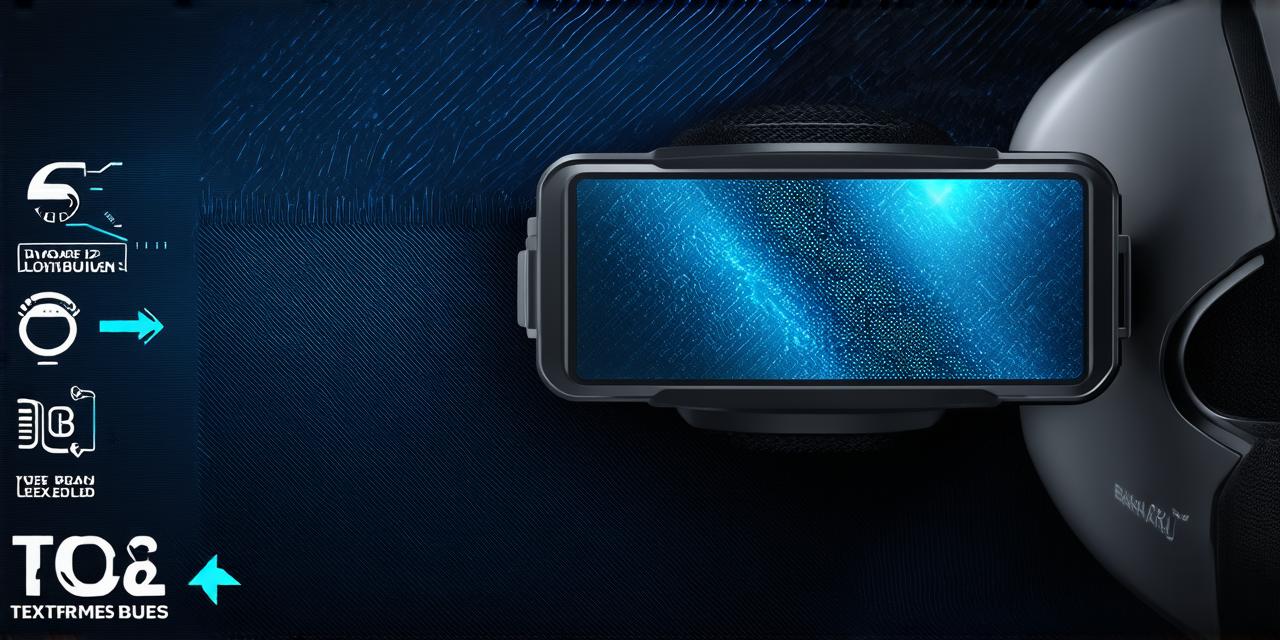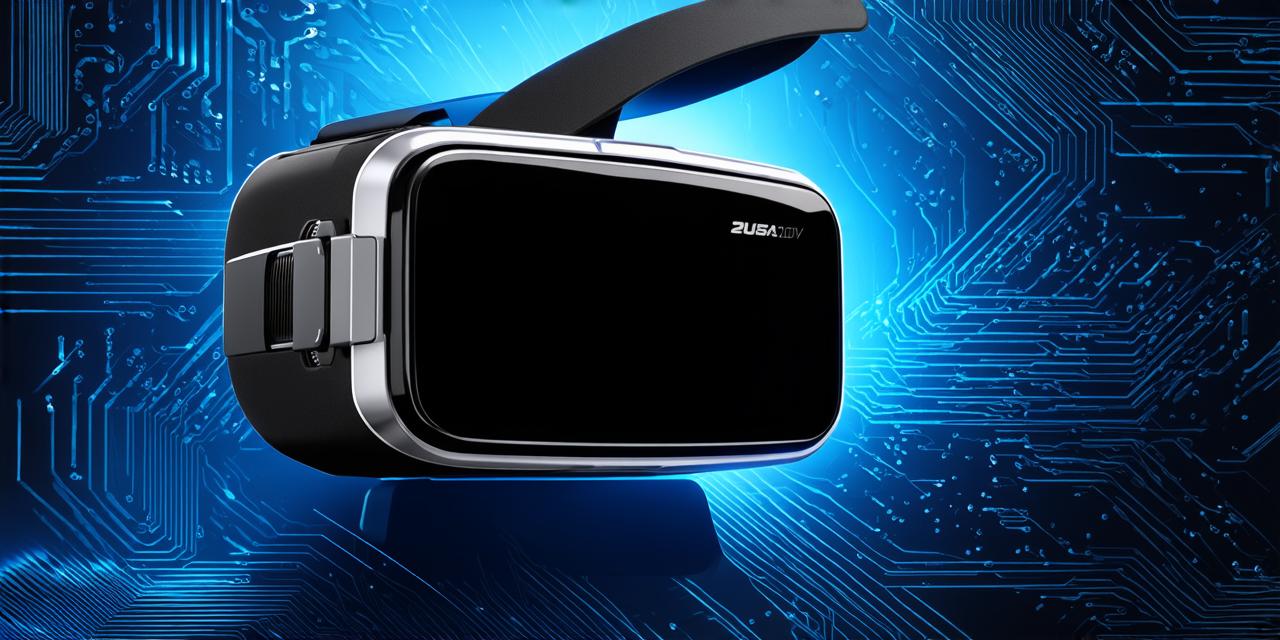Virtual reality (VR) headsets are a type of computer peripheral that allows users to enter a simulated environment and interact with it as if they were really there. These headsets work by presenting stereoscopic displays, which create the illusion of depth and three-dimensionality, to each eye.
Hardware Components
The main component of a VR headset is the display. These are typically OLED screens, which offer high resolution and fast response times. The displays are mounted on the headset in such a way that they are positioned directly in front of each eye. This creates a stereoscopic effect, where each eye sees slightly different perspectives, creating the illusion of depth.
Another important component is the tracking system. This allows the headset to monitor the user’s movements and adjust the display accordingly. There are two main types of tracking systems: external and internal. External tracking uses sensors or cameras to track the user’s position in real-time, while internal tracking relies on gyroscopes and accelerometers to detect changes in movement.
Software Components
The software that powers a VR headset is just as important as the hardware. It is responsible for rendering the virtual environment, which is then displayed on the screen. There are several different types of software used in VR, including game engines and specialized VR development platforms.
One of the key components of VR software is the rendering engine. This software is responsible for generating the 3D models and textures that make up the virtual environment. It also handles the physics simulation, which allows objects in the virtual world to interact with each other realistically.

Another important component is the user interface. This is what the user interacts with when they are using the headset. The user interface typically consists of a head-mounted display (HMD) and controllers, which allow the user to interact with the virtual environment.
How it Works
When a user puts on a VR headset, the displays are positioned directly in front of their eyes. This creates a stereoscopic effect, where each eye sees slightly different perspectives. The tracking system then uses sensors or cameras to monitor the user’s movements and adjust the display accordingly.
The software running on the headset then renders the virtual environment, which is displayed on the screen. The rendering engine generates 3D models and textures, while the physics simulation allows objects in the virtual world to interact with each other realistically.
The user can then use the controllers to interact with the virtual environment. These controllers can be used to move the user’s avatar, pick up objects, or perform other actions. The software also tracks the user’s movements and adjusts the virtual environment accordingly.
Summary
Virtual reality headsets are a fascinating piece of technology that allow users to enter a simulated environment and interact with it as if they were really there. These headsets work by presenting stereoscopic displays and using tracking systems to monitor the user’s movements. The software running on the headset is responsible for rendering the virtual environment and allowing the user to interact with it. With advancements in technology, VR headsets are becoming more advanced and affordable, making them accessible to a wider range of people.



